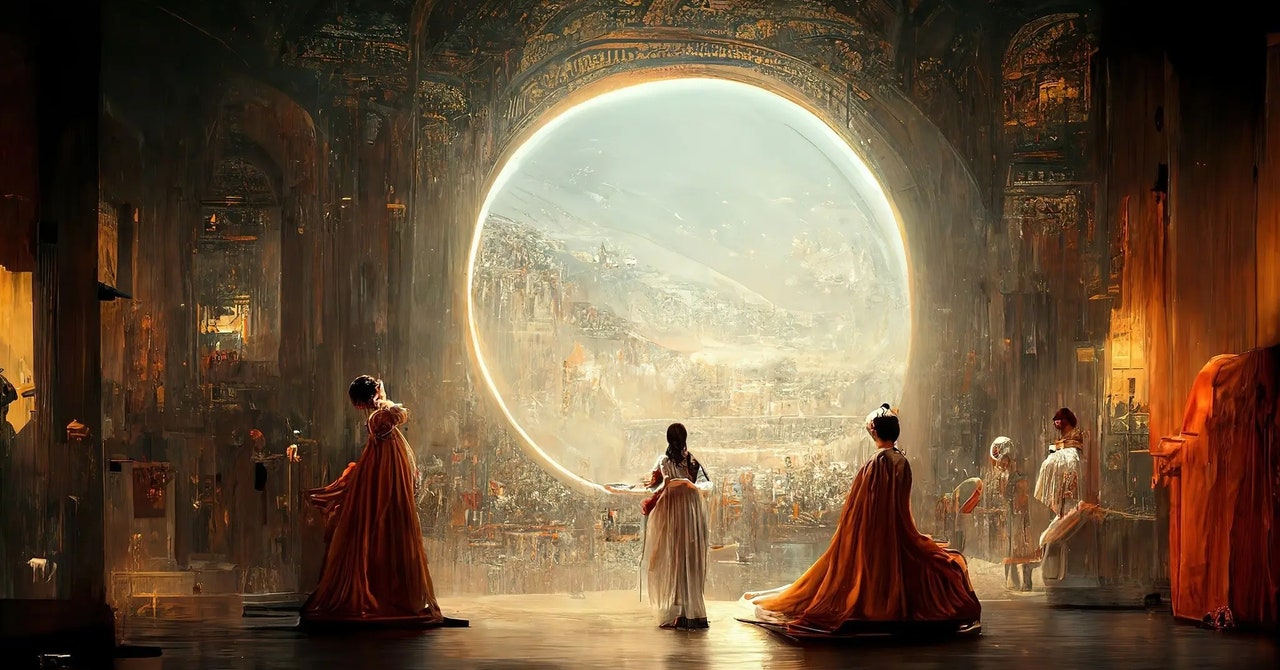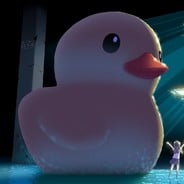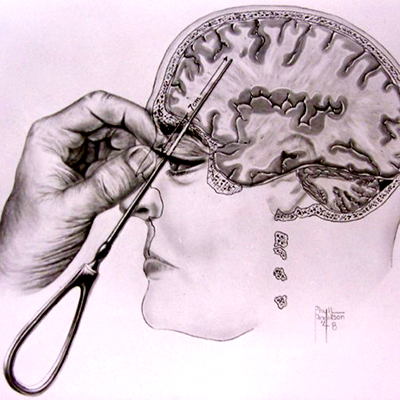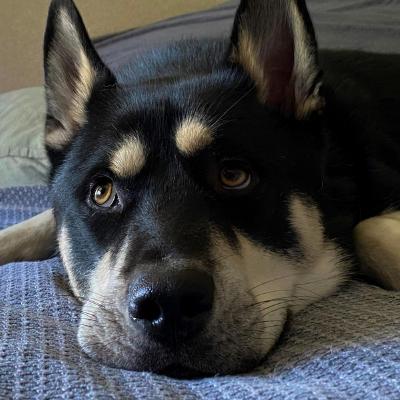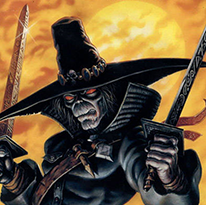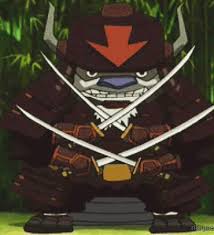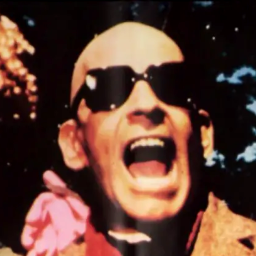Why This Award-Winning Piece of AI Art Can’t Be Copyrighted::Matthew Allen’s AI art won first prize at the Colorado State Fair. But the US government has ruled it can’t be copyrighted because it’s too much “machine” and not enough “human.”
Allowing people to copyright A.I generated art could lead to huge issues where someone could just churn out generated images like no tomorrow and throw out copyright claims left and right. It could even lead to situation where you can’t really create any art because it’s probably something that’s already been generated by someone or close to it.
Making AI art not copyrightable is probably the best reasonable alternative that we could hope for.
Companies are always looking to cut costs and getting some computer algorithm to churn out endless art without having to pay an artist would be a corporate holy grail. Except that if that artwork then can’t be copyrighted and thus monetized (or not as easily monetized), then it ruined or at least lessens their push to replace all their workers with AI.
They will just churn out pictures from midjourney and hire a cheap artist to touch them up and then copyright that.
That’s basically what they did for the intro to Secret Invasion on Disney+. They used AI to create it and then touched it up. It still looks like shit, much like the show itself.
Companies can always just lie about it as well
This is a very delicate and complicated matter, part of me thinks that making AI works non copyrightable would incentivize human art
Given the presence of stolen artwork in the training data I don’t see why it should be copyright able.
Also award winning? It honestly looks like the kind of liminal mindfuckery most models could output. There’s nothing particularly impressive with the piece.
iirc it was submitted to a small art contest without disclosing it’s AI generated and it won a prize… which made a lot of people very mad
If this is the one in thinking of, they disclosed it was made using midjourney, but the judges didn’t know what that meant and didn’t ask.
Eh. I’ve seen abstract art that people are in awe with throughout my life. And like the uneducated swine I am, I’ve never thought they were impressive either.
Art appraisers are weird.
Edit: I saw the piece in question. This one is a tricky one, because if a human painted it, it would be impressive. Very nice details. But since it was generated by a machine in minutes… eh.
But according to the article, it wasn’t generated in minutes. The artist went through over 600 iterations of tweaking the prompt to get what he wanted. Sounds like days or even weeks of work probably. And then made additional tweaks via Photoshop.
Not too say that makes it any more impressive, but it wasn’t something that was without effort.
Point taken. In that case, I guess one can recognize the effort. Still, the impressive part of the piece is the style, which, if one were to assume was made with actual oil paint, it would be impressive.
With AI, I would explore styles that are inherently difficult to produce digitally. And yes, “oil paint” would be difficult to produce with digital tools alone outside of AI (maybe there are good plug-ins for it?) But you know what I mean. I don’t even know which styles those would be.
Read the article. He added details and the description fed into the prompt was 624 words long. He basically wrote a page describing the scene he wanted created.
Which I can also do. “Imagine a cave full of cats. The first cat is pink with yellow dots. The second cat glows in the dark. The third cat…”
I guess art involves expressing what you want to express it, sure. But also how you express it is part of it as well. If you make the strokes yourself, it’s more impressive. A machine? You gotta do better than making it look like someone painted it.
It’s like 3D printing. A 3D-printed statue? Neat. But not terribly impressive. A 3D figure that defies all optical illusion explanations? Now we’re talking.
I agree completely. I think this is the best solution to the AI replacing human artists problem. Big companies can’t use AI to replace humans because if they do, whatever they make will be ineligible for copyright and everyone will be free to rip them off.
This will change the first time a big pharma pill designed by AI hits the market.
Drugs are patented, not copyrighted, and handled by the US Patent Office. This is a decision by the US Copyright Office.
Not the same thing, and I would not be surprised if the Patent Office decides drugs designed in part with AI tools can still be patented, while the Copyright Office decides art cannot be copyrighted.
I look forward to trusting my medical well-being to algorithms which can be completely fucked by the idea that Kenya starts with the letter K.
AI are already generating antibody treatments. Companies provide AI with the disease/issue and antibodies that kinda work, then have the AI generate antibodies to fix the disease/issue. The best antibodies are then made in a lab and tested in vitro. However, as somone else noted, antibodies/medications are patented, which is different than copyright. Patents can be done on the process of making the antibody so you patrent the final process of making the antibody, not the AI work to come up with which antibody to make. Source: I attended a Patent Law seminar on this a few months ago.
They’ll just say this random scientist over here that signed away to the rights of anything he thinks of came up with it.
I just want to point out that the description beneath the image in the article is hilarious.
This is Allen’s AI-generated artwork, which we can publish without asking him because, as the article notes, it’s not eligible for copyright protections.
Removed by mod
The artwork, Théâtre D’opéra Spatial, was created by Matthew Allen and came first in last year’s Colorado State Fair.
No. No he didn’t create it. He put words into a black box.
“He didn’t create it. He moved a mouse.”
“He didn’t create it. He put commands into a keyboard.”
“He didn’t create it. He pressed the camera trigger.”
“He didn’t create it. He threw store-bought paint at a canvas.”
“He didn’t create it. He cleaned some dirt off the wall.”
“He didn’t create it. He was inspired by gods.”
Where you see a categorical difference, I see a qualitative one. AI-generated art can be nothing more than putting words into a blackbox, but it can also be a day-long process of tweaking dozens of parameters to get what you want from the words you put into the box. A child can slather paint onto a canvas without much thought - but that doesn’t mean great artists drawing complex, intricate paintings isn’t art, does it?
Generative AI is a tool. It can do more than most tools, but still, it is something wielded by an artist.
As I’d just written in another reply here, there is a world of difference in describing an illustration and creating an illustration.
Same goes for lightning a fire without and with a lighter.
Even if I were to grant you that generative AI is just “describing an illustration”: other people say there is a world of difference between painting something with your hands and using a mouse, yet I think digital illustration is as real as physical illustration. Yet other people say there is a world of difference between creating something from the ground up and using store-bought materials and tools, yet I don’t discount artists who do just that.
But I don’t grant you that, because if I simply describe an illustration, the generative AI will not give me anything close to what I want. I have to learn the prompting language of the model (what words and phrases result in what?), I have to learn the influence the many different parameters have on the output, and I have to learn how to use things like prompt weighting, negative prompts and the like to get what I want. It’s something completely different from describing an illustration.
And that’s ignoring things like variant generation, inpainting, outpainting and the many different things that are completely removed from just “describing an illustration”.
🤓
He did some touch up in photoshop before submitting it.
So he did make it. The tool can’t generate anything without something feeding it prompts. I mean technically it can but it will just be random totally incoherent stuff.
So…he did something and then by a process something beautiful was created. How is that different from pour painting?
He put words into a box == he just tipped over a can of paintNow I’m just hoping some idiot out there is trying to copyright melting crayons down a blank canvas.
While my thinking is in line with what @[email protected] and @[email protected] have already said, why can’t “AI artists” just do what everybody in a profit-seeking situation does and just lie about it? “No your honor, our studies have shown cigarette smoking is not hazardous to your health,” “yes, your honor, OxyContin is completely safe,” or in this case “yes, your honor, I created this illustration.” If your conscience is really bothering you, you could claim it was AI-assisted. I wouldn’t think there’d be a “Big Eyes” prove-you-painted-that courtroom case. Am I wrong?
Funny situation indeed. Thoughts:
- Copyright is particularly artificial and openly amenable to change to suit the needs of the economy and creators it applies to. So treating this as open ended is probably necessary.
- Copyright has for a long time happily provided varying degrees of protection by recognising that one may hold copyright over a work but only over a “thin” or relatively minor aspect of the work.
- While there seems to be broader factors involved here regarding the power and market dynamics afforded artists and corporations should AI copyright be protected, there also seems to be plenty of scope to recognise that actual original work can be behind an AI work, however “thin” and distinct from the ordinary categories (eg Music, Literature etc) it may be. Indeed I would question how much the judges involved actually understand this enough.
- Does anyone know how this policy is tracking with or affected by policies in whether the AI engines themselves are infringing copyright?
deleted by creator
Looks like shit


